Introduction
Curling hair with a straightener has become a popular styling technique, offering versatility and convenience. While traditionally associated with straightening hair, a straightener can also be used to create a variety of curl patterns. However, the effectiveness of curling hair with a straightener can vary depending on different hair types. In this guide, we will explore the potential of curling hair with a straightener on various hair types, discussing specific considerations and techniques that can help achieve desired results.
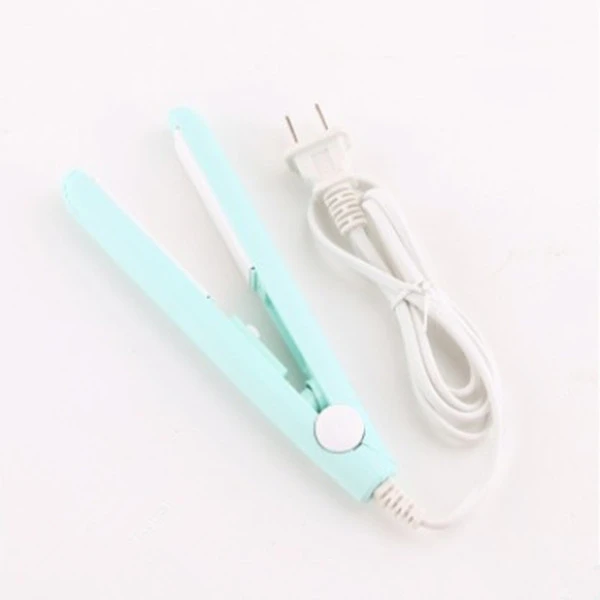
Can curling hair with a straightener work on different hair types?
Straightening Iron as a Curling Tool
1.1. Versatility of a Straightener
Straightening irons, or flat irons, are designed to straighten hair by applying heat and smoothing the strands. However, the flat, smooth plates of a straightener can also be used to create curls, waves, or other textured styles. This versatility allows individuals with different hair types to experiment with various looks using a single styling tool.
1.2. Heat Control and Plate Material
When selecting a straightener for curling purposes, it is important to consider heat control options and plate material. Adjustable heat settings allow for customized temperature selection based on hair type and desired curl results. Additionally, ceramic or tourmaline-coated plates can provide even heat distribution and reduce the risk of damage to the hair.
Curling Techniques for Different Hair Types
2.1. Fine or Thin Hair
Curling fine or thin hair with a straightener requires a gentle approach to minimize damage. It is advisable to use a lower heat setting to prevent excessive heat exposure. Taking smaller sections of hair and wrapping them around the straightener plates before sliding the iron downward can create loose, natural-looking curls. The use of a heat protectant spray is also recommended to shield the hair from heat damage.
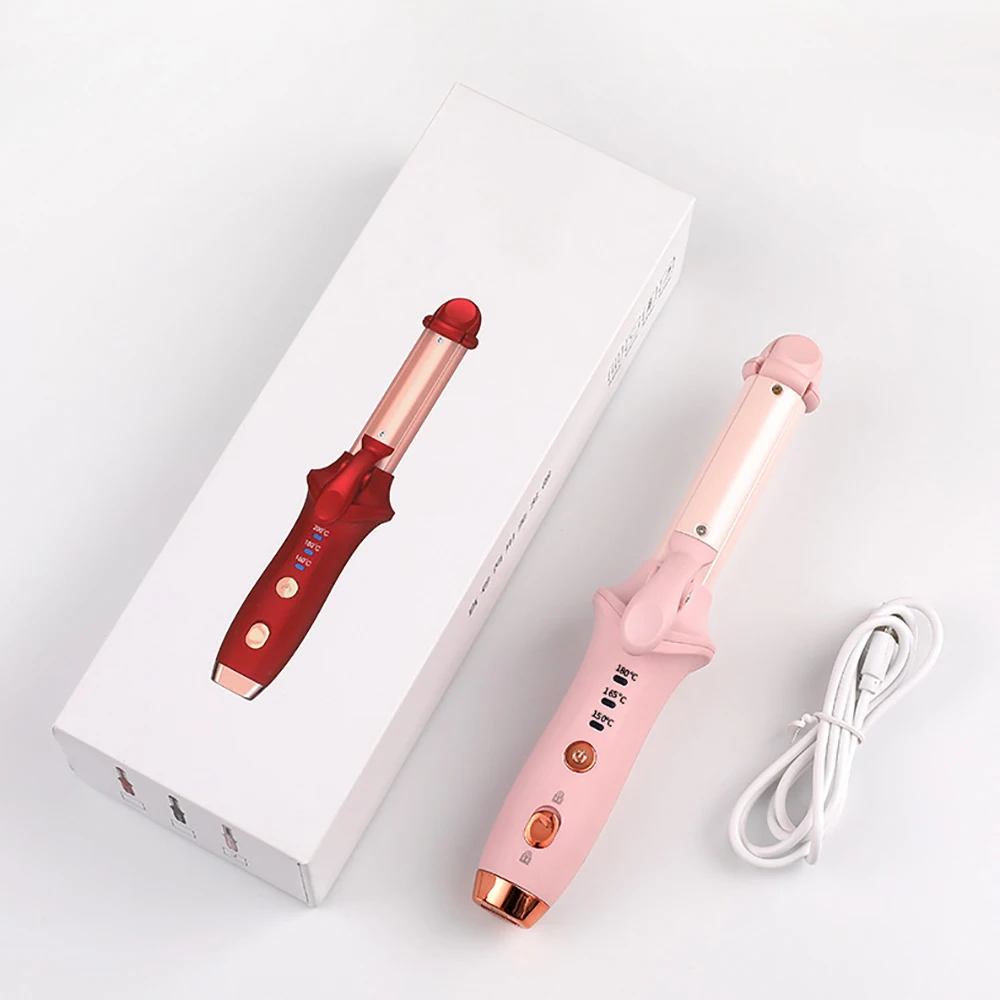
2.2. Thick or Coarse Hair
Thick or coarse hair may require higher heat settings to effectively curl the hair strands. It is important to work with smaller sections of hair to ensure even heat distribution. Wrapping the hair around the straightener plates and twisting the iron while sliding it downwards can produce defined curls or waves. Applying a heat protectant spray is crucial to minimize potential heat damage.
2.3. Curly or Textured Hair
Curling naturally curly or textured hair with a straightener can provide additional definition or variation to the existing curls. Using a straightener with wider plates can help enhance the natural curl pattern. Twisting small sections of hair around the straightener plates and sliding the iron downward can create more defined curls or looser waves. It is important to adjust the heat settings based on the hair’s sensitivity to heat and using a heat protectant spray is essential to maintain hair health.
2.4. Short Hair
Curling short hair with a straightener requires precision and attention to detail. Taking smaller sections of hair and wrapping them tightly around the straightener plates before sliding the iron downward can create tight curls or waves. Using a straightener with narrower plates can provide more control and accuracy when curling shorter hair lengths.
Preparation and Technique
3.1. Heat Protection
Before curling the hair with a straightener, it is important to prepare the hair by applying a heat protectant spray or serum. This helps reduce the risk of heat damage and maintains the hair’s moisture balance.
3.2. Sectioning the Hair
To ensure even curl distribution, divide the hair into smaller sections using clips or hair ties. Working with smaller sections allows for better control and ensures that each strand receives sufficient heat for curling.
3.3. Proper Technique
When curling hair with a straightener, hold the iron vertically and clamp it near the roots of the sectioned hair. Twist the straightener away from the face or towards the face, depending on the desired curl direction. While holding the hair taut, slide the straightener down the length of the hair, allowing the hair to wrap around the plates. The slower the sliding motion, the tighter the curl will be. Repeat the process on each section until all the hair is curled.
3.4. Variation in Curl Patterns
To achieve more natural-looking curls or waves, alternate the direction of the curls as you work through the hair. Curling some sections away from the face and others towards the face can create a more textured and dimensional look.
Finishing Touches
4.1. Setting the Curls
After curling the hair with a straightener, allow the curls to cool and set before styling or touching them. This helps the curls hold their shape for a longer period. For additional hold, consider using a lightweight hairspray or texturizing spray.
4.2. Styling and Texture
To enhance the curl texture, gently run fingers through the curls or use a wide-toothed comb to loosen and separate them. Applying a small amount of texturizing or styling product can enhance the definition and hold of the curls.
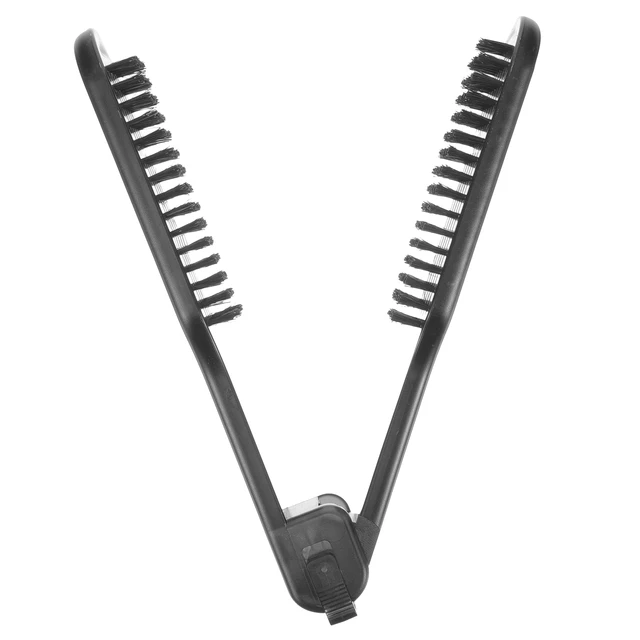
Limitations and Considerations
5.1. Heat Damage Risk
Using heat styling tools, including straighteners, can potentially damage the hair if not used properly or excessively. It is important to use heat protection products, adjust heat settings based on hair type, and avoid excessive heat exposure.
5.2. Individual Hair Characteristics
Each person’s hair has unique characteristics, including density, porosity, and level of curliness. These factors can influence the effectiveness of curling with a straightener. Experimentation is key to finding the techniques and settings that work best for individual hair types.
Maintaining Hair Health
7.1. Heat Protectant Usage
Applying a heat protectant spray or serum before using a straightener to curl the hair is essential for minimizing heat damage. Heat protectants form a barrier between the hair and the heat source, reducing the risk of moisture loss and damage caused by high temperatures.
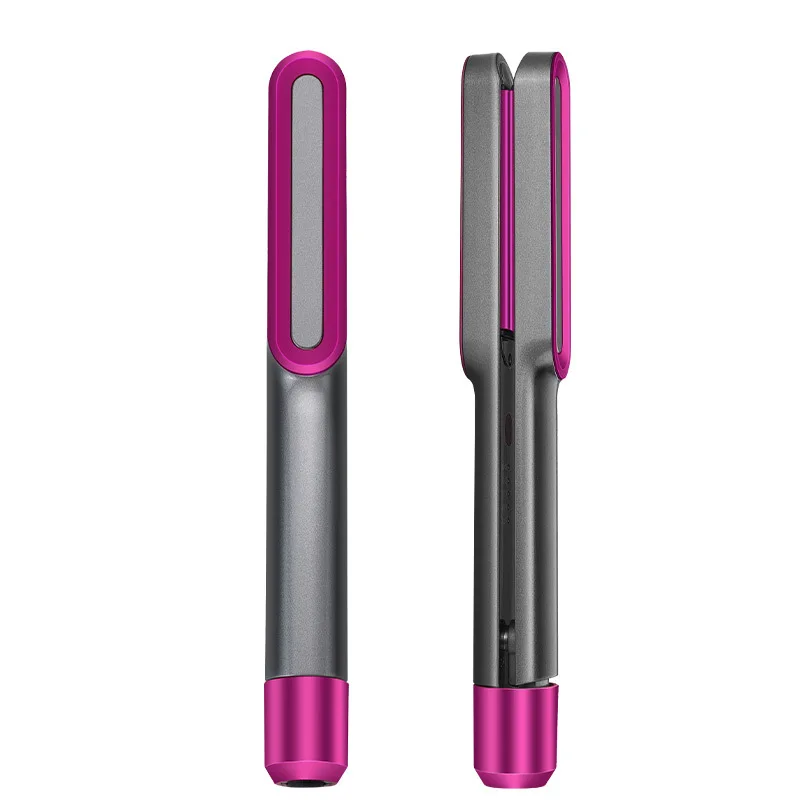
7.2. Proper Heat Setting
Choosing the appropriate heat setting for the straightener is crucial for maintaining hair health. Different hair types require different heat levels to achieve curls without causing excessive damage. Fine or thin hair typically benefits from lower heat settings, while thicker or coarser hair may require slightly higher temperatures. Finding the right balance is key to achieving curls while minimizing potential heat-related damage.
7.3. Limiting Heat Exposure
To prevent overexposure to heat, it is important to limit the amount of time the straightener stays in contact with the hair. Avoid leaving the straightener on the hair for extended periods or repeatedly curling the same section. This helps prevent excessive heat damage and maintains the hair’s natural moisture balance.
7.4. Regular Deep Conditioning
To counteract the potential drying effects of heat styling, regular deep conditioning treatments are recommended. These treatments help nourish and strengthen the hair, promoting overall hair health and minimizing damage caused by heat styling.
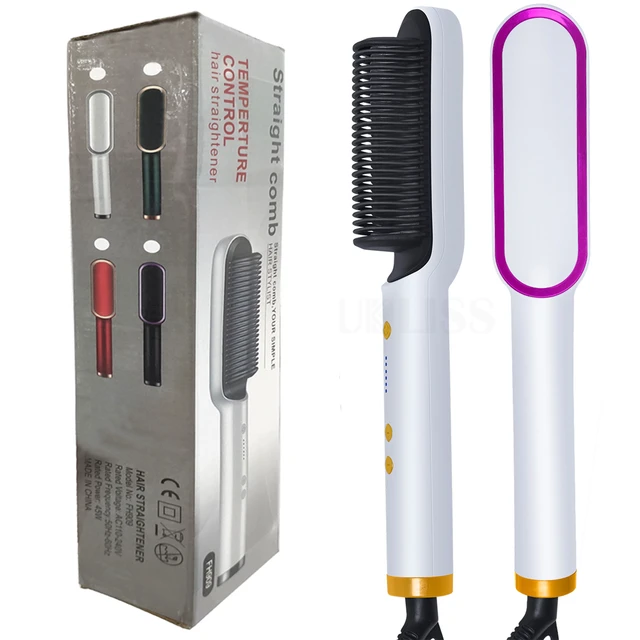
Conclusion
Curling hair with a hair straightener offers versatility and convenience for individuals with different hair types. By considering factors such as heat control, plate material, hair texture, and technique, individuals can achieve a range of curl patterns, from loose waves to tight curls. It is important to prioritize hair health by using heat protectant products, adjusting heat settings based on hair sensitivity, and avoiding excessive heat exposure. With practice and experimentation, curling hair with a straightener can be an effective and versatile styling technique for achieving desired curl results.
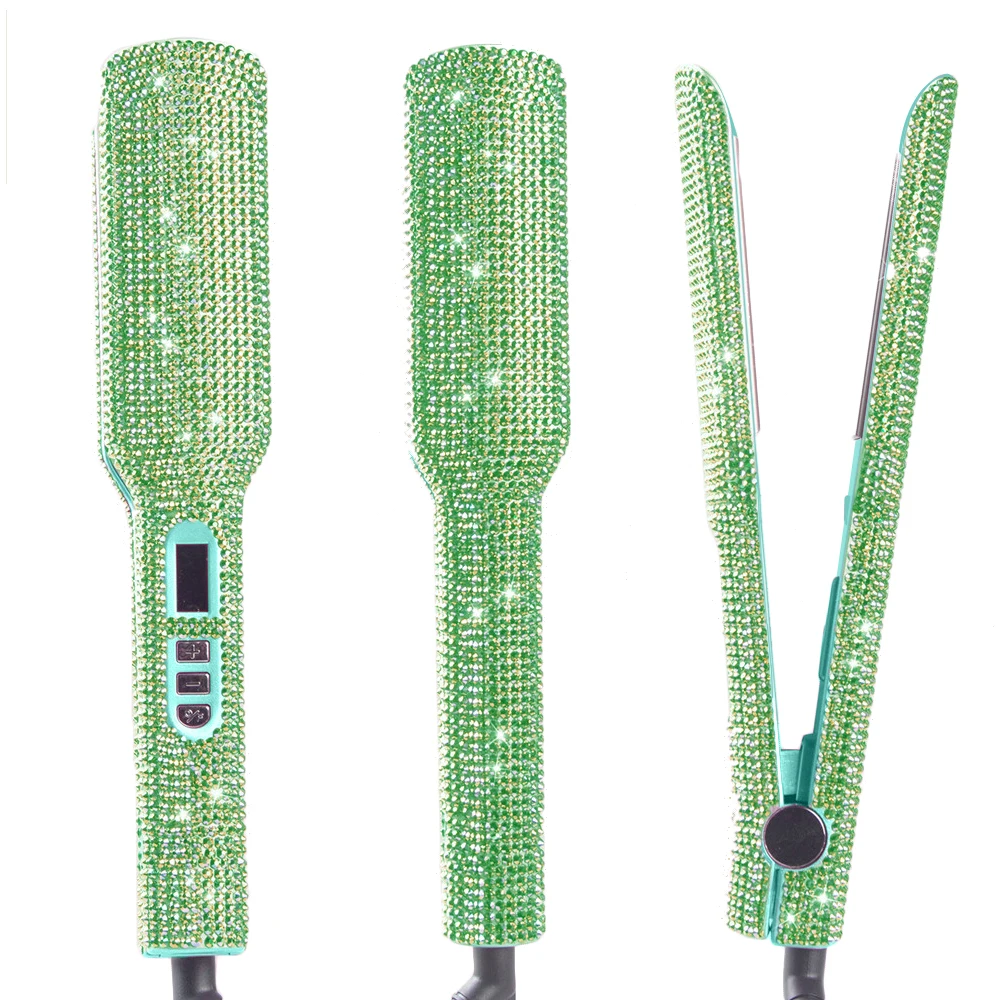
Leave a Reply